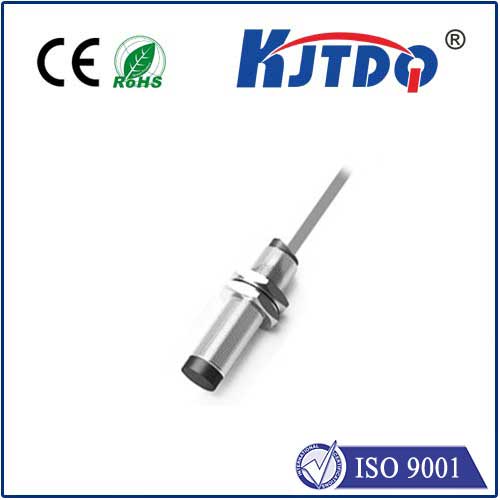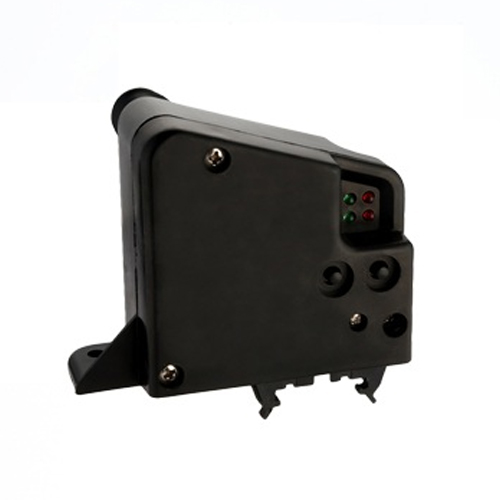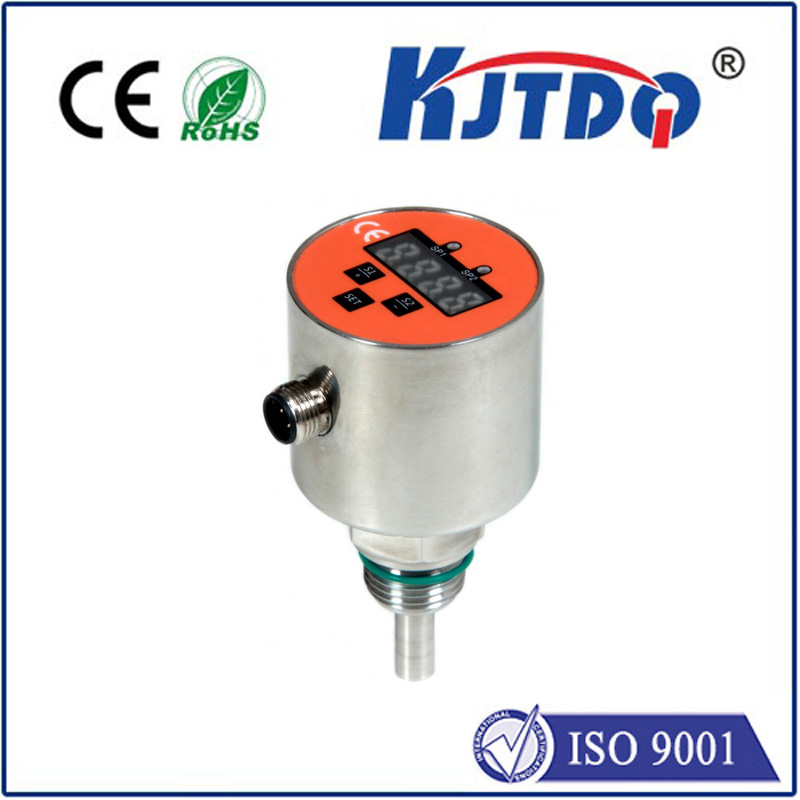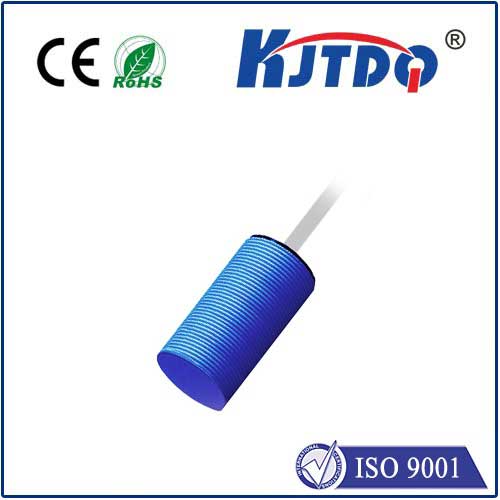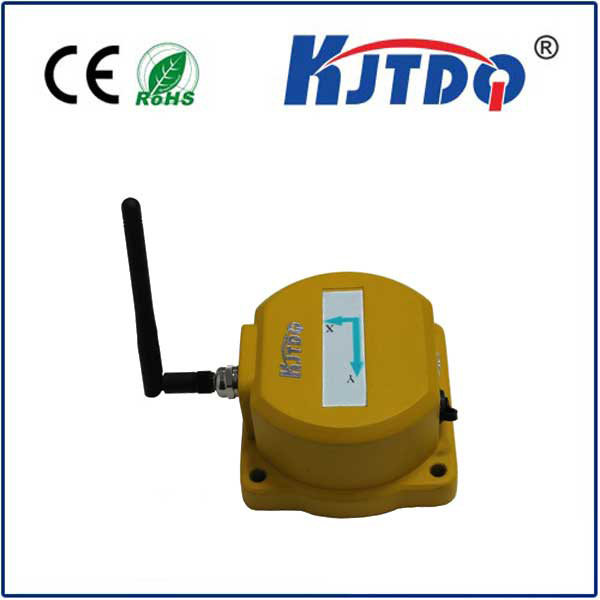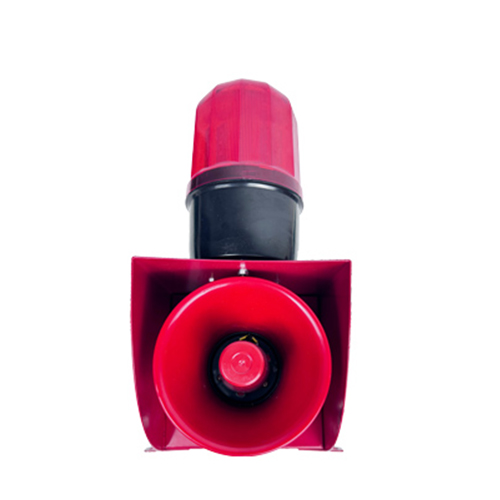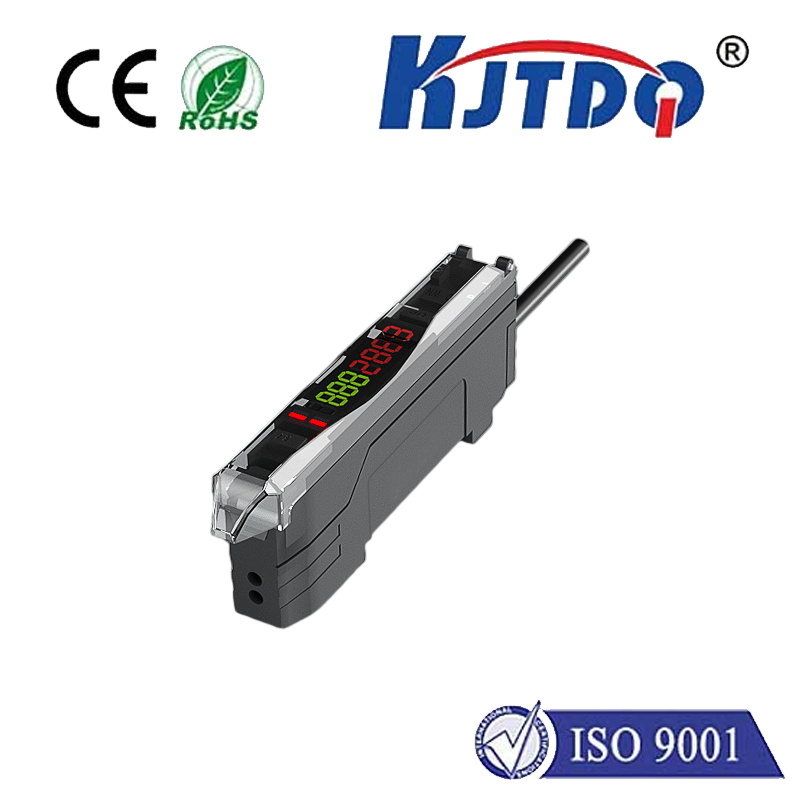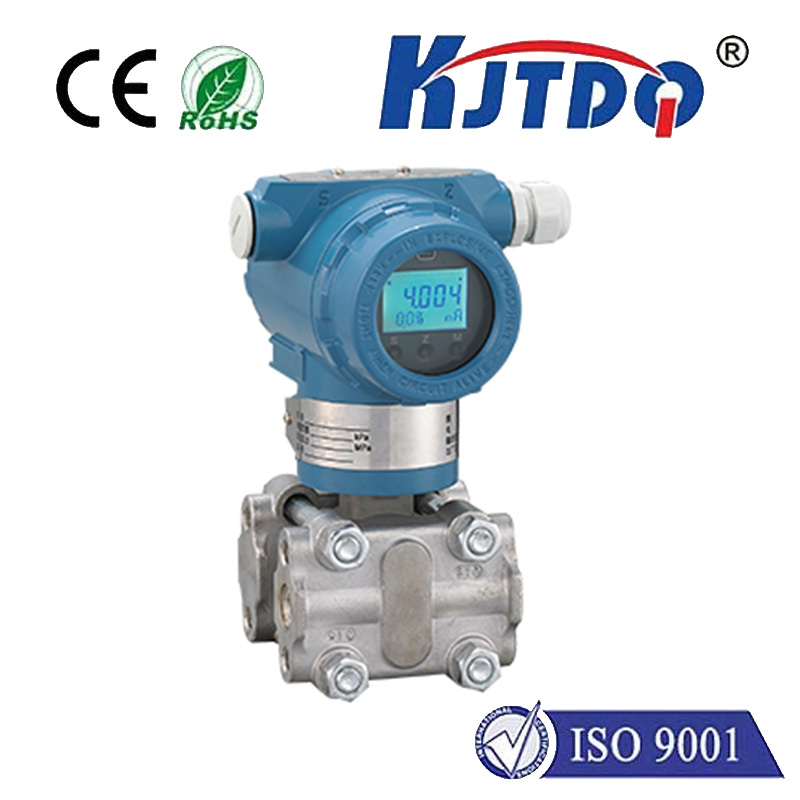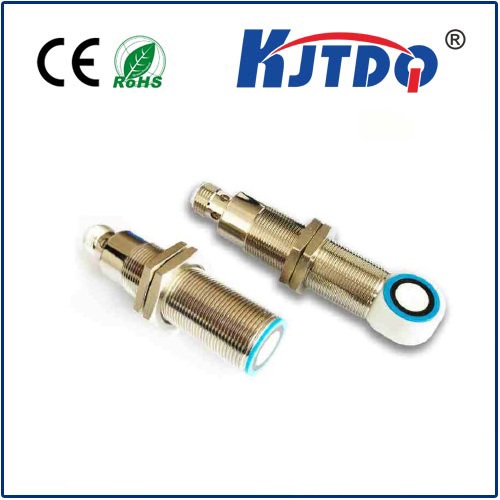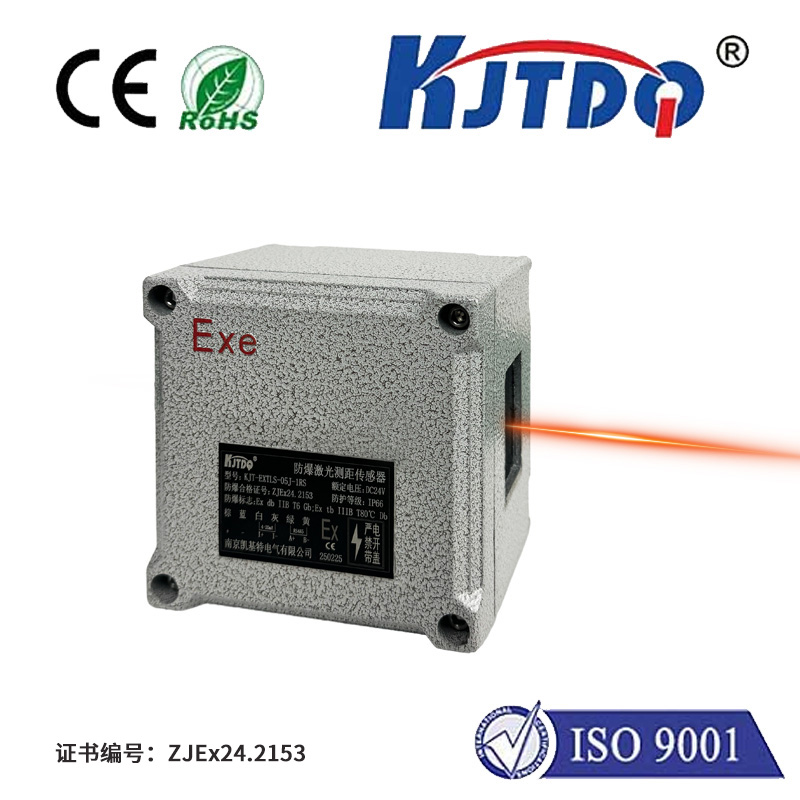temperature indicators
- time:2025-08-24 02:26:51
- Click:0
Beyond the Mercury: Unlocking the Power of Modern Temperature Indicators
Temperature Indicators: Your Essential Guide to Thermal Monitoring
We live in a world governed by heat. From the comforting warmth of coffee to the critical operating limits of jet engines, temperature dictates performance, safety, and comfort. Yet, this invisible force remains elusive without the crucial tools that make it visible: temperature indicators. These silent sentinels, ranging from humble glass thermometers to sophisticated digital systems, are fundamental guardians across every facet of modern life. But what exactly are they, why are they indispensable, and what options exist for accurate thermal monitoring? This guide unveils the vital world of devices that translate thermal energy into actionable data.
The Core Concept: Why Temperature Measurement is Non-Negotiable
At its essence, a temperature indicator is any device or system designed to measure, display, and often record temperature. Its purpose transcends mere observation; it ensures:
- Process Control & Efficiency: In manufacturing, precision heating or cooling is critical. Temperature indicators enable real-time monitoring of chemical reactions, food processing, material curing, and countless other industrial processes, ensuring quality and consistency while optimizing energy use.
- Safety & Prevention: Overheating is a primary cause of equipment failure and catastrophic events. Thermal monitoring warns of impending issues in engines, electrical systems (transformers, switchgear), bearings, and machinery, allowing for preventative maintenance and averting fires or explosions.
- Quality Assurance: From pharmaceuticals requiring strict storage conditions to food safety protocols demanding specific cooking or chilling temperatures, reliable temperature measurement is the bedrock of quality control and regulatory compliance.
- Health & Well-being: From the fundamental mercury-free thermometer checking for fever to complex thermal imaging in medical diagnostics, monitoring body or environmental temperature is vital for health management.
- Environmental Monitoring: Understanding climate patterns, tracking microclimates, or ensuring comfortable building conditions relies heavily on accurate temperature sensors and their readings.
The Diverse Toolkit: Types of Temperature Indicators

The world of temperature indicators is rich and varied, each type suited to specific needs based on range, accuracy requirements, environment, and response speed:
- Liquid-in-Glass Thermometers: The classic image. Mercury has largely been replaced by safer alternatives (like colored alcohol or galinstan). They are simple, require no power, but are fragile and offer limited remote monitoring. Ideal for basic lab work or visual checks.
- Bimetallic Dial Thermometers: Utilize the differential expansion of two bonded metals to move a dial pointer. Robust, relatively inexpensive, and suitable for direct reading on machinery, HVAC systems, or process pipes. Durability makes them popular for industrial temperature monitoring.
- Thermocouples (TCs): Among the most common industrial temperature sensors. They generate a small voltage proportional to temperature based on the Seebeck effect at the junction of two dissimilar metals. Key strengths: Wide temperature range (cryogenic to over 2000°C+), ruggedness, fast response, and simple construction. Require a separate indicator or controller to translate the voltage into a temperature reading.
- Resistance Temperature Detectors (RTDs): Rely on the predictable change in electrical resistance of pure metals (usually platinum) with temperature. Renowned for their high accuracy and stability over a significant range (-200°C to +600°C commonly). More expensive than TCs but offer superior precision for critical applications like laboratory standards or pharmaceutical processes. Also require a compatible instrument for measurement.
- Thermistors: Semiconductor-based sensors where resistance changes significantly with temperature. They excel at high sensitivity within a limited range. Negative Temperature Coefficient (NTC) thermistors are common for precise temperature control in medical devices, battery packs, and consumer electronics due to their large resistance change per degree.
- Infrared (IR) Thermometers: Measure surface temperature from a distance by detecting emitted thermal radiation. Crucial for non-contact, rapid scanning of moving parts, electrical components, bearings under load, or objects where contact is impossible or unsafe. Accuracy can be affected by emissivity and environmental factors.
- Digital Indicators & Data Loggers: These represent the modern integration point. They accept inputs from various sensors (TC, RTD, thermistor), display the temperature digitally, often offer alarms, relay outputs for control, and data logging capabilities. Remote temperature monitoring via networks is a key feature of advanced systems.
Beyond the Reading: Advanced Features in Modern Indicators
Modern temperature indicators offer far more than a simple number:
- Alarming: Audible or visual alerts when temperatures breach preset high/low limits.
- Control Outputs: Relay contacts or analog signals to trigger cooling/heating systems or shut down processes.
- Data Logging & Connectivity: Recording historical trends and enabling remote access via Ethernet, Wi-Fi, or cloud platforms for analysis and oversight.
- Multiple Inputs: Handling signals from several sensors simultaneously for complex system monitoring.
- Customization: Configurable displays, scaling, and engineering units.
Specialized Indicators: Meeting Unique Demands
Specific applications demand tailored solutions:
- Temperature Indicating Labels, Paints & Crayons: These undergo irreversible color changes at specific temperatures. Simple, cheap, and ideal for verifying if a component ever exceeded a critical threshold (e.g., during shipping or a thermal event). Great for spot checks or hard-to-reach areas.
- Phase Change Indicators: Similar to labels but utilize substances that melt at precise temperatures, leaving a permanent visual record. Often used in sterilization processes (autoclaves).
- Wireless Sensor Networks: Combined with IoT technology, these enable extensive, flexible, real-time thermal monitoring across large facilities without complex wiring.
Choosing the Right Temperature Indicator: Key Considerations
Selecting the optimal temperature sensor and indicator requires careful thought:
- Temperature Range & Accuracy: What are the min/max temps? How precise must the reading be?
- Environment: Harsh (chemicals, moisture, vibration), clean room, sterile, explosive atmosphere (ATEX)? Dictates sensor and housing material and protection ratings (IP, NEMA).
- Response Time: How quickly must the sensor react to temperature changes? Surface contact versus immersion?
- Contact vs. Non-contact: Can the sensor touch the object? Is non-contact (IR) safer or more practical?
- Installation & Maintenance: Ease of mounting, accessibility for calibration or replacement. Calibration is critical for ongoing accuracy.
- Required Output: Simple display? Alarm? Control signal? Data logging? Networking?
- Cost: Balance initial investment against lifecycle costs, including calibration and maintenance.
The Future of Thermal Monitoring: Smarter, More Connected
The evolution of temperature indicators continues at pace. Integration with IIoT (Industrial Internet of Things), AI for predictive analytics, miniaturization allowing sensors in previously impossible locations, and advancements in materials science for wider ranges and greater durability are key trends. The goal remains












